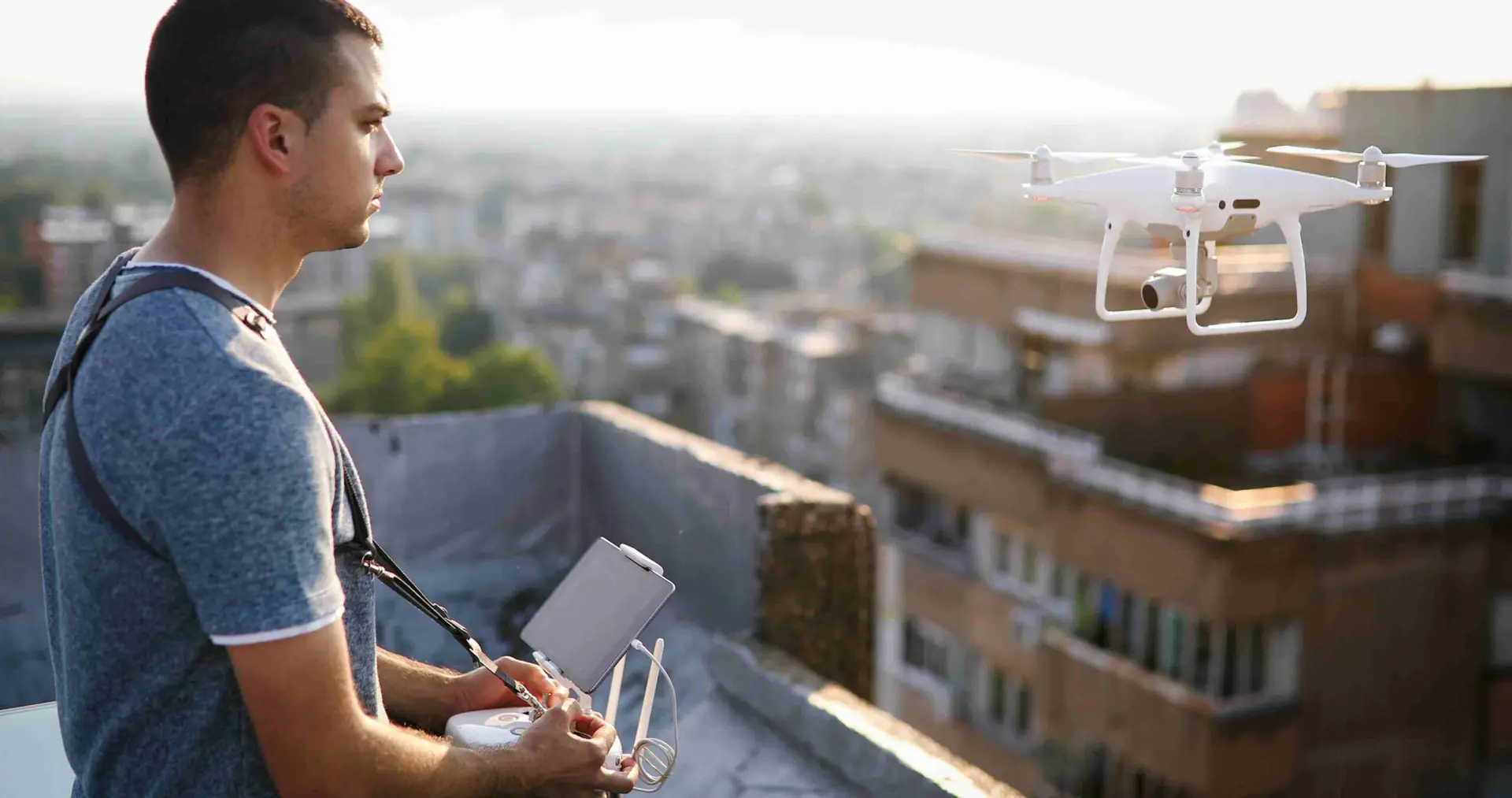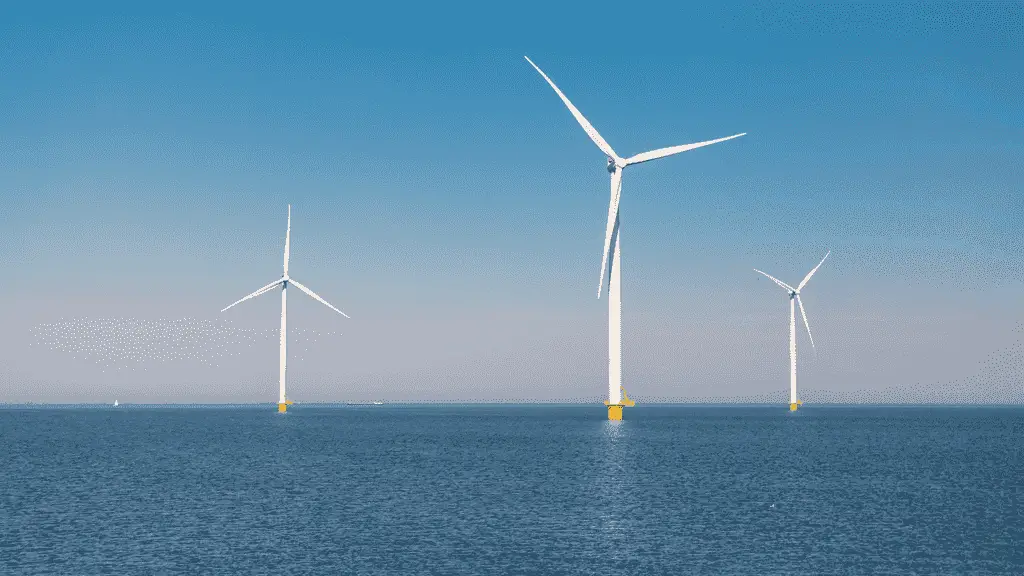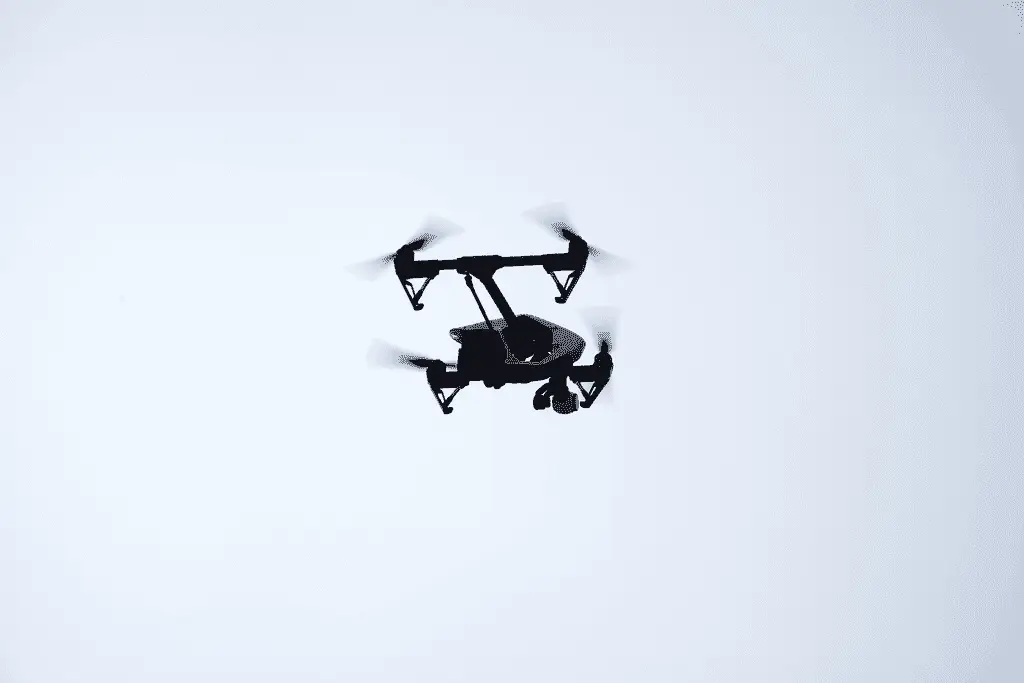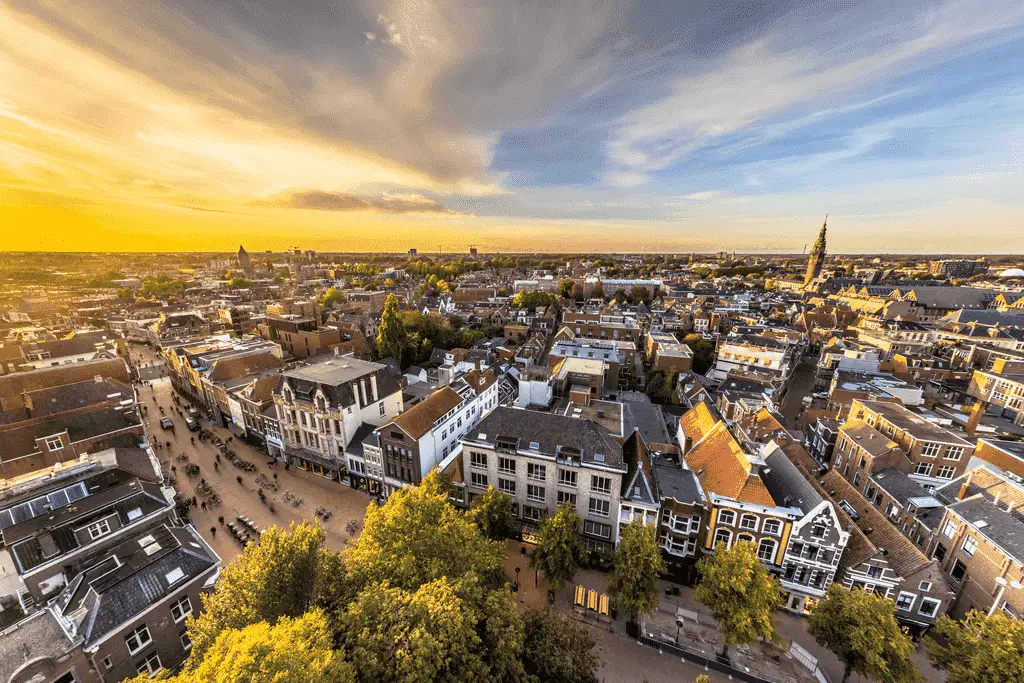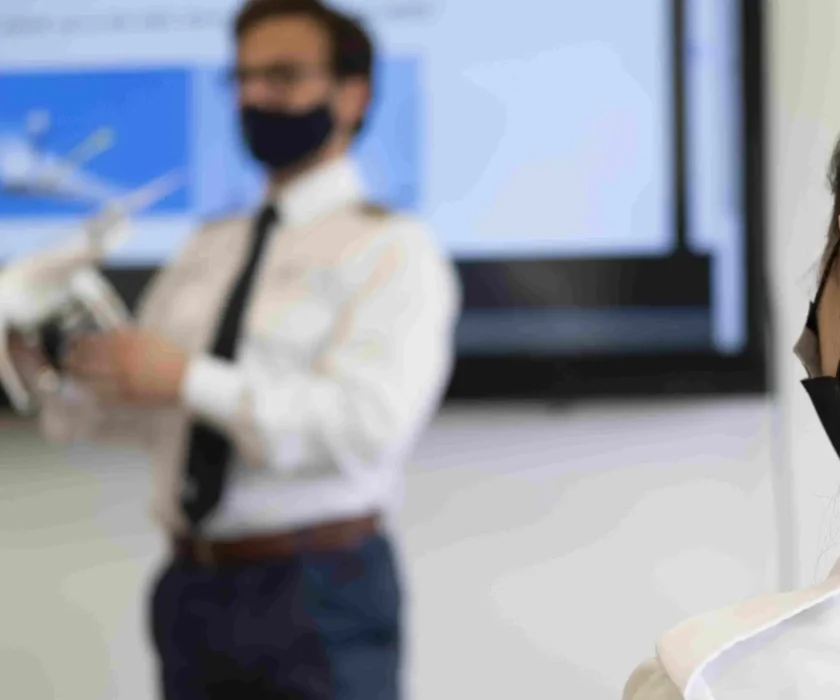When it comes to filming with a drone in the Netherlands or Belgium, it is crucial to understand the rules and regulations surrounding drone operation. In this article, we will outline what you need to know, including information on pilots and procedures, maps and restrictions, crew requirements, and the benefits of working with an experienced drone operator.
Pilots & Procedures.
Firstly, it is important to note that amateur drone pilots in the Netherlands must have NL or EU registration of both the pilot and drone. Only a professional pilot may be used for film shoots. Once a drone pilot or owner receives compensation for his services he or she is considered a professional pilot and thus must comply to more stringent rules and regulations. To operate commercially, drone operators must invest in a large procedural book that is checked and authorised by the Dutch Aviation Authority. Only operators with a certified procedural handbook may engage in permitting commercial drone shoots. In practice, this means that for a film shoot with a drone, a Dutch producer or operator is needed.
However, the certified procedural handbook once obtained does allow certified operators to operate under different circumstances, such as being able to fly in restricted airspace, fly over urban or otherwise built-up areas. An amateur is only allowed to fly a drone upwards of 300gr and only in allowed areas. It is not allowed to fly over built-up areas with a distance restriction of 300 meters. Besides European and national regulations the owner of the locations may have restrictions as well. Industrial facilities have their own safety and security concerns which need to be included in the permitting process for an individual flight. Harbour areas, logistics centres, and power stations all have a say in the permitting process to name a few. It’s important to note that even certified operators need to obtain permits and follow the specific regulations set by each location. Failure to do so can result in fines or other penalties. Additionally, drone operators should always prioritize safety and avoid any actions that could endanger people or property.
Risk comes from not knowing what you’re doing.– Warren Buffett
Maps & Restrictions
The Dutch government has created an interactive map for everyone to see which restrictions are in place in the Netherlands. This map does not show any areas with restrictions for safety or security reasons, and these need to be assessed per location.
When it comes to the different drone zones in the Netherlands, there are red, yellow, and green zones on the interactive map. Red zones are restricted airspace due to a civilian or military airport in the vicinity, and it is not allowed to fly there without a proper procedure book, license, experience, and a certified radio operator. Even with proper licenses, there are still many rules for the red zones. The yellow and beige zones are temporary restrictions due to military training grounds or requests for helicopter flights or inspection flights. Green zones are designated areas where certain classes of drones are allowed to take place, such as above water or open non-built-up spaces.
Drone operators must also take into account the weight, size, and amount of propellers of their drone, as well as restrictions on take-off areas, landing areas, emergency procedures, and permissions and licensing. Height and sight-line restrictions, as well as distance-to-operator rules and regulations, are also in place. Even the size and type of batteries are taken into consideration. Furthermore, it is important for drone operators to understand the capabilities of their equipment. If you plan to shoot with a drone in the Netherlands, it is crucial to be aware of the necessary certifications and rules and regulations set by the Dutch Aviation Authority. Breaking these rules can result in serious consequences, so it is essential to be knowledgeable about them before taking them to the skies.
For some shoots, especially in the NOTAM or restricted airspace or over urban areas, an additional crewmember is needed as a radio operator. Prior to the flight, the radio operator set up the equipment which includes a properly large antenna and a certified radio set. Once the drone pilot is ready for take-off permission is requested from the local traffic controller, and once the drone has landed, the radio operator clears the drone flight with the local traffic controller. The radio operator is usually a commercial pilot as permission and licencing to be able to talk to a traffic controller does require several permits and some experience as well.
Crew
Besides a radio operator, a drone flight is usually crewed by two persons. Both are fully licenced to take off, fly and land a drone of significant size, however, one will be flying the drone while the other is both a spotter and camera operator.
Just like the drone, the camera can fly on its three axes if it is connected to a stabilized gimbal. Additionally, many cameras have zooming capabilities, and sometimes manual focus is necessary. With these added features, the workload of drone recording is divided between two people. Our drone operators have a deep understanding of the technical aspects of drone operation, including the ability to calibrate the equipment properly and troubleshoot any issues that may arise during the flight. This level of technical knowledge can help ensure that the drone is operated in the most effective and efficient manner possible, maximizing the quality of the footage and minimizing the risk of equipment failure.
At HollandFixer we have arranged many drone shoots on difficult locations. We have experience in dealing with professional safety staff and all regulatory bodies to arrange shoots in a variety of new and well-documented locations. For a shoot in the Netherlands, we partner with Kiwi Aerials and for Belgium with Kopterman, as local regulations and permissions are slightly varied across the border. As for drone filming or shoots anywhere else in Europe, we use a pan-European network of local operators and Kiwi Aerial as a company is allowed to operate around the world as a drone operator.
Overall having a full-licensed and experienced drone operator on your shoot comes with many benefits, including the ability to operate in restricted airspace, access difficult locations, and operate safely and efficiently. It is essential to be knowledgeable about the rules and regulations surrounding drone operation and to have a deep understanding of the technical aspects of drone flight and camera operation. With these skills and certifications, a drone operator can provide high-quality, professional drone footage that meets your needs.
